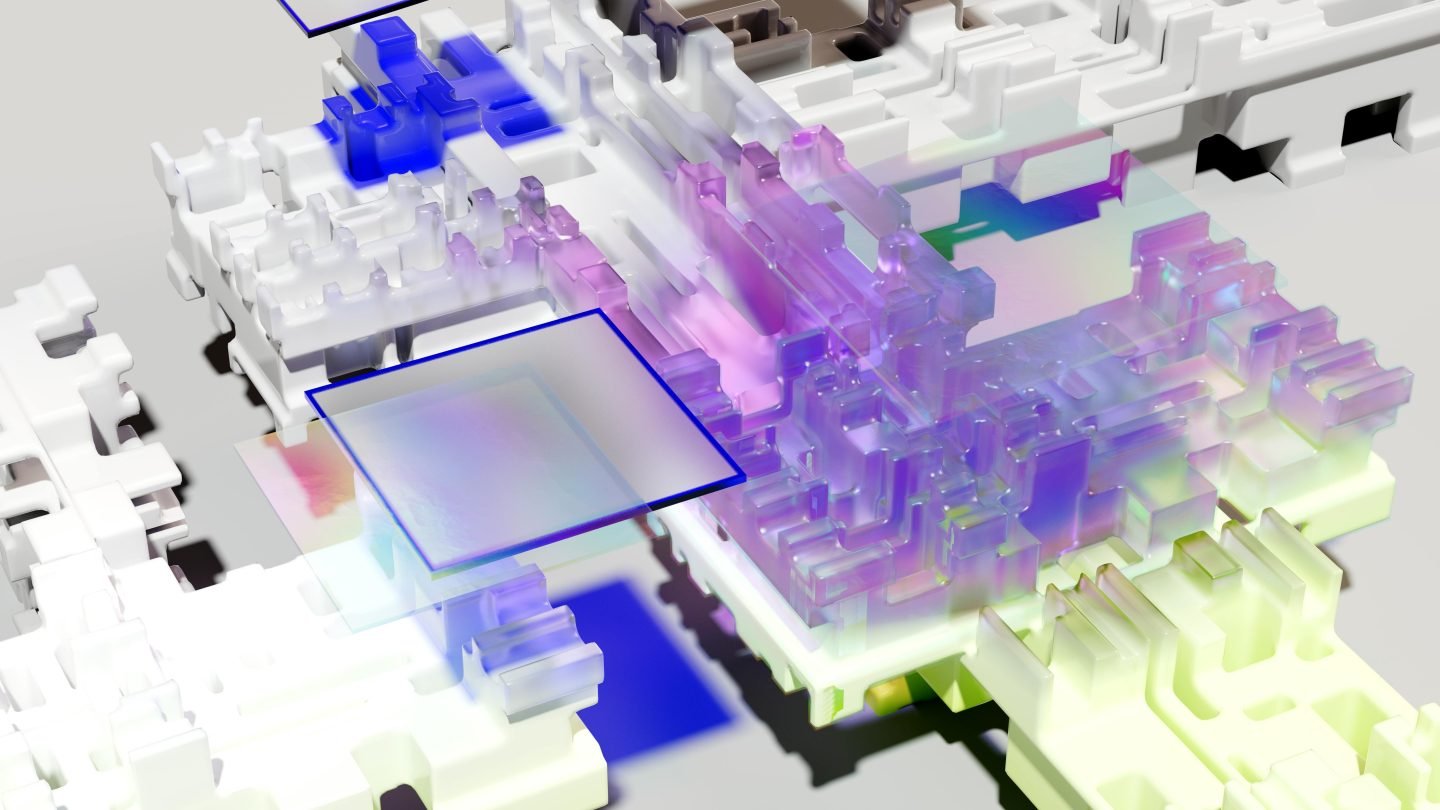
Advances in medical technology have brought about remarkable changes in healthcare, and complex spine surgeries are no exception. For years, spinal procedures addressing issues like scoliosis, degenerative disc disease, or spinal stenosis were associated with significant challenges, risks, and long recovery periods. However, technology is transforming the landscape, making surgeries safer, more precise, and less invasive.
Robotic-Assisted Surgery
Robotic-assisted surgery is one of the most significant technological breakthroughs in complex spine surgeries. Surgical robots like the ExcelsiusGPS or Mazor X have introduced unparalleled levels of precision in procedures involving the spine. These systems allow surgeons to pre-plan their approaches using patient-specific 3D models and offer real-time guidance during surgery.
What sets robotics apart is its ability to enhance accuracy. Misplaced screws or hardware, once a daunting risk in spine surgery, are now drastically reduced with robotic assistance. This translates to fewer complications, less pain, and faster recovery times for patients.
Artificial Intelligence for Better Decision-Making
Artificial intelligence (AI) is another game-changing advancement in spinal surgery. AI-powered tools analyze vast amounts of patient data, including imaging results and medical history, to provide surgeons with evidence-based recommendations.
For example, AI algorithms can help identify the best surgical approach for patients with multiple complex issues or predict potential complications. This data-driven insight saves time and empowers surgeons to make better-informed decisions, ultimately improving patient outcomes.
Enhanced Imaging Technologies
Precision is paramount in spinal surgeries. Advanced imaging technologies such as intraoperative navigation systems and augmented reality (AR)-guided imaging give surgeons a clear view of the surgical site. Systems like O-arm imaging or 3D C-arm imaging create high-resolution images of the spine, enabling real-time feedback during procedures. When paired with AR, these systems can project a digital overlay of the spine onto the patient, giving surgeons an even deeper understanding of the anatomy they’re working with.
Minimally Invasive Techniques and Instrumentation
Traditional spinal surgeries often require large incisions, leading to longer recovery times and higher risks of infection. However, minimally invasive spine surgery (MISS) is changing the game. Advanced tools like endoscopes, tubular retractors, and computer-guided instruments allow surgeons to perform complex procedures through smaller incisions.
MISS results in less trauma to surrounding tissues, reduced blood loss, and shorter hospital stays. Patients also report lower levels of post-operative pain, making this approach a win-win for both surgeons and patients.
3D Printing and Personalized Care
3D printing is another technological marvel making its way into spinal surgeries. Personalized spinal implants, created using a patient’s specific anatomy, are changing how we address surgical challenges. These customized implants can cater to unique spinal deformities or structural issues, providing a tailored solution that fits perfectly. The result? Better alignment, improved stability, and greater patient satisfaction.
What the Future Holds for Complex Spine Surgeries
The intersection of technology and complex spine surgeries is only just beginning. Innovations in robotics, AI, and imaging are expected to evolve further, offering even higher precision and faster recovery times. Looking ahead, we can anticipate advancements like nanotechnology for spinal regeneration or improved AI tools capable of predicting the outcomes of different surgical scenarios with even greater accuracy.
Surgeons and medical professionals interested in adopting these technologies will need continued training and collaboration with tech developers to best utilize these tools. For patients, the future means access to safer and more effective treatments.
Final Thoughts
Technology is revolutionizing complex spine surgeries by improving precision, reducing risks, and enhancing patient outcomes. From robotic-assisted procedures to advanced imaging and minimally invasive techniques, the tools at surgeons’ disposal transform how spinal issues are treated.

